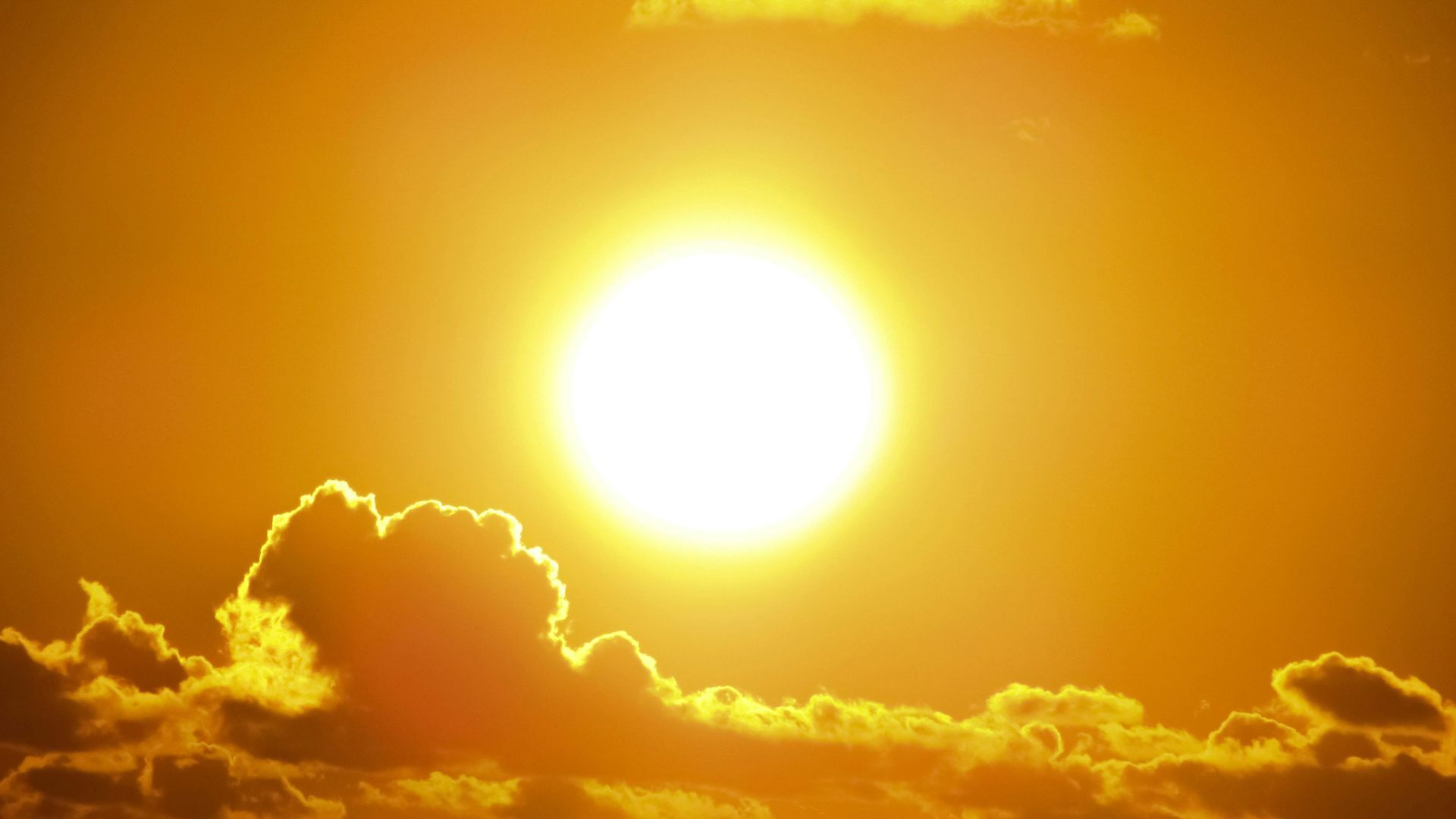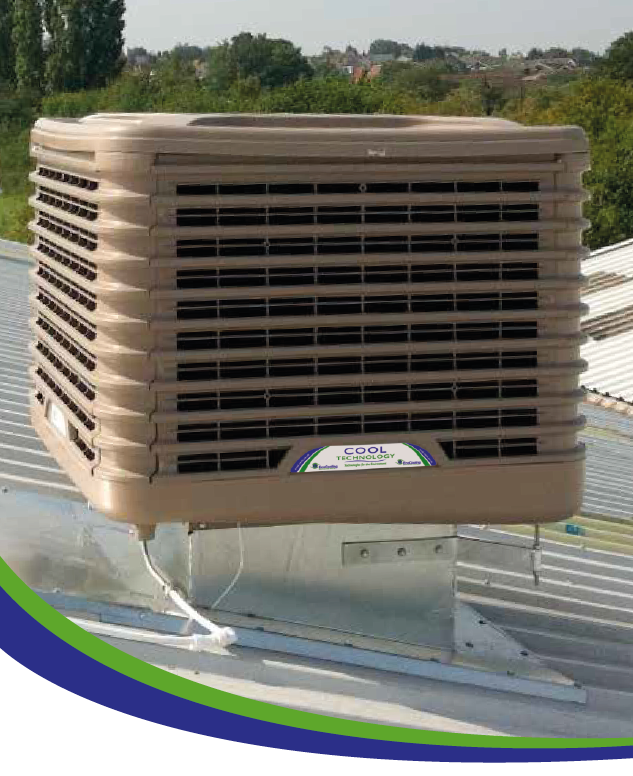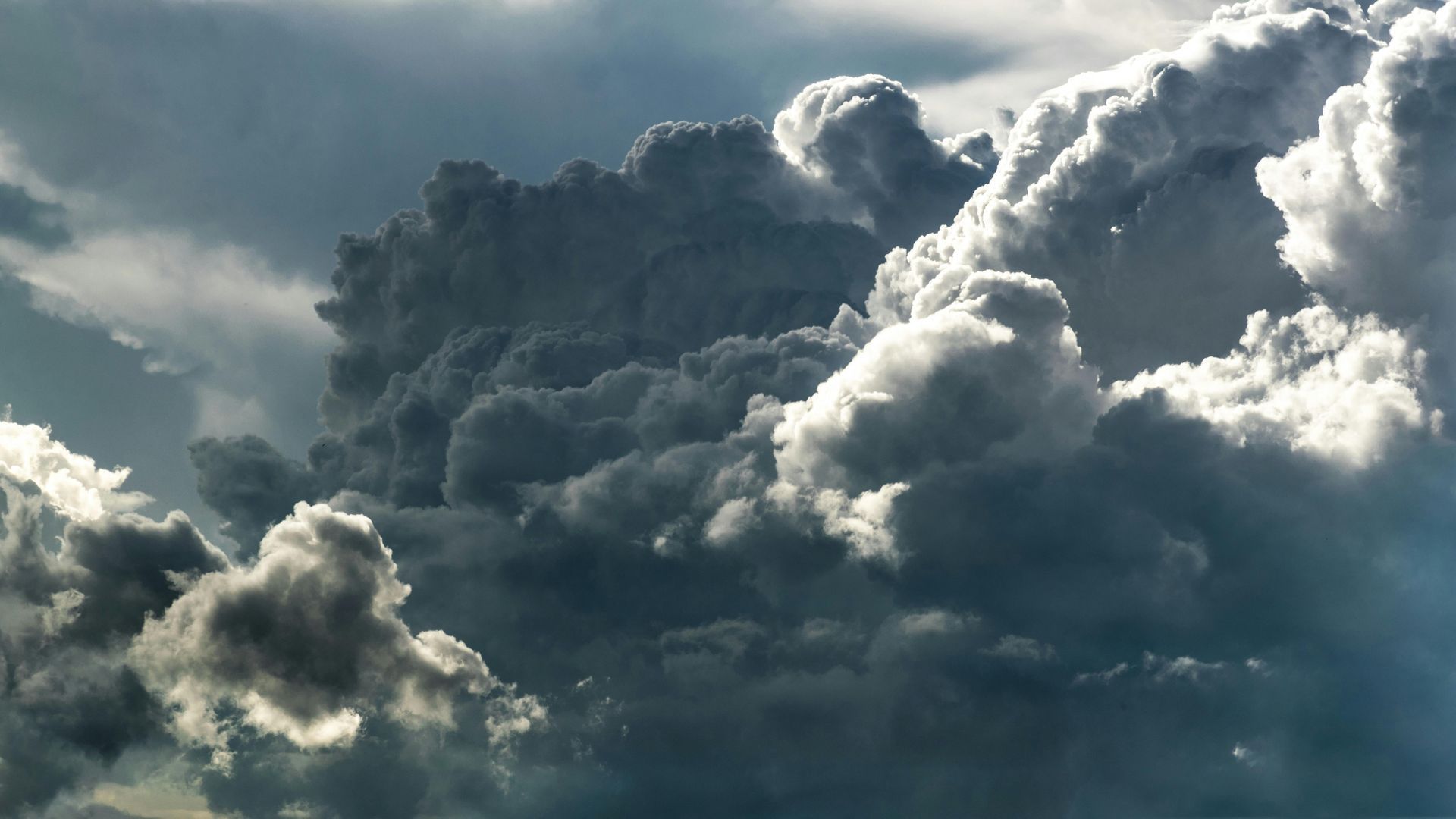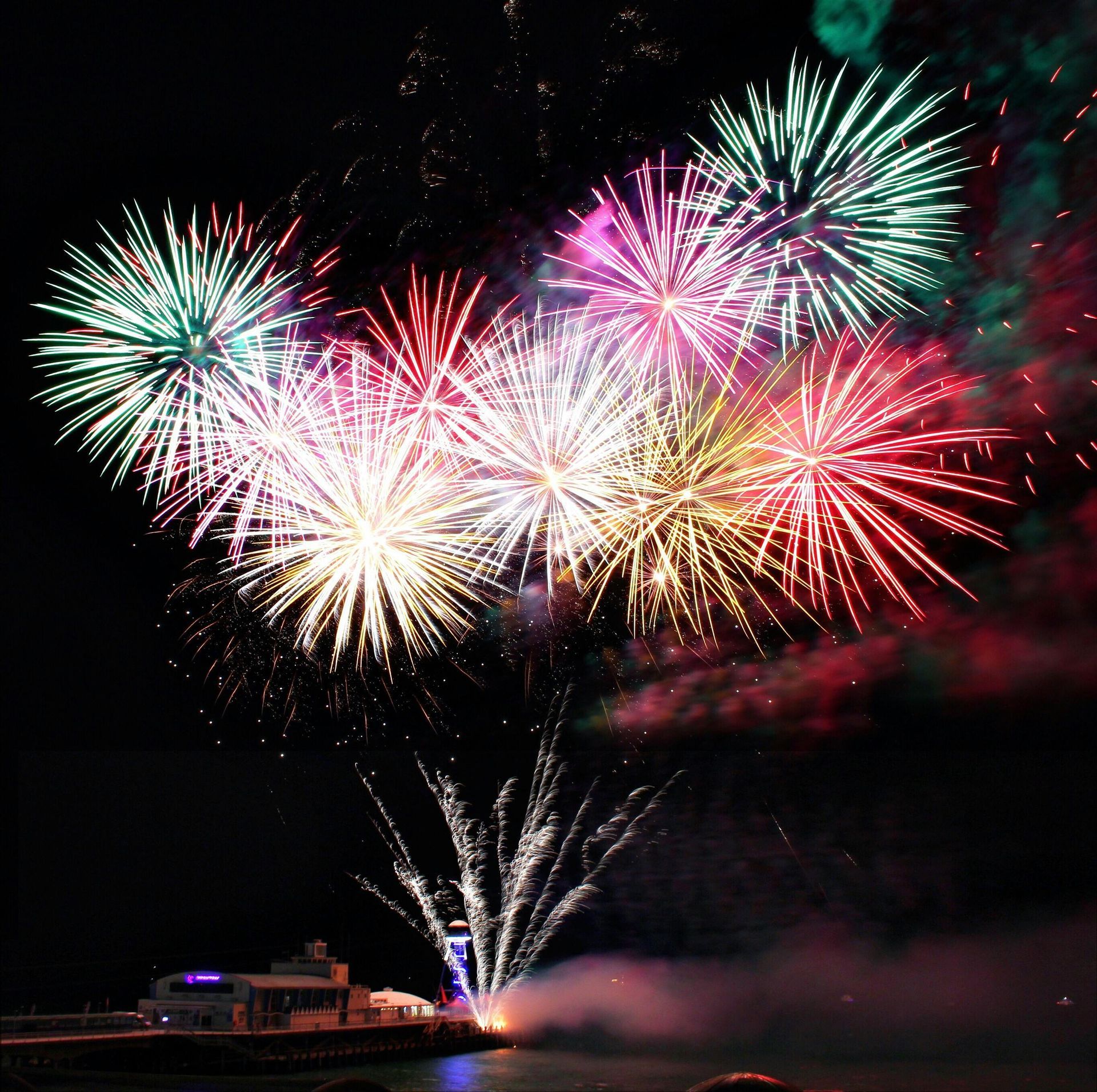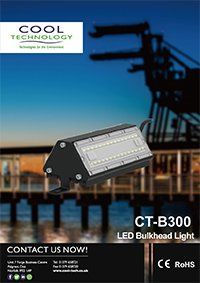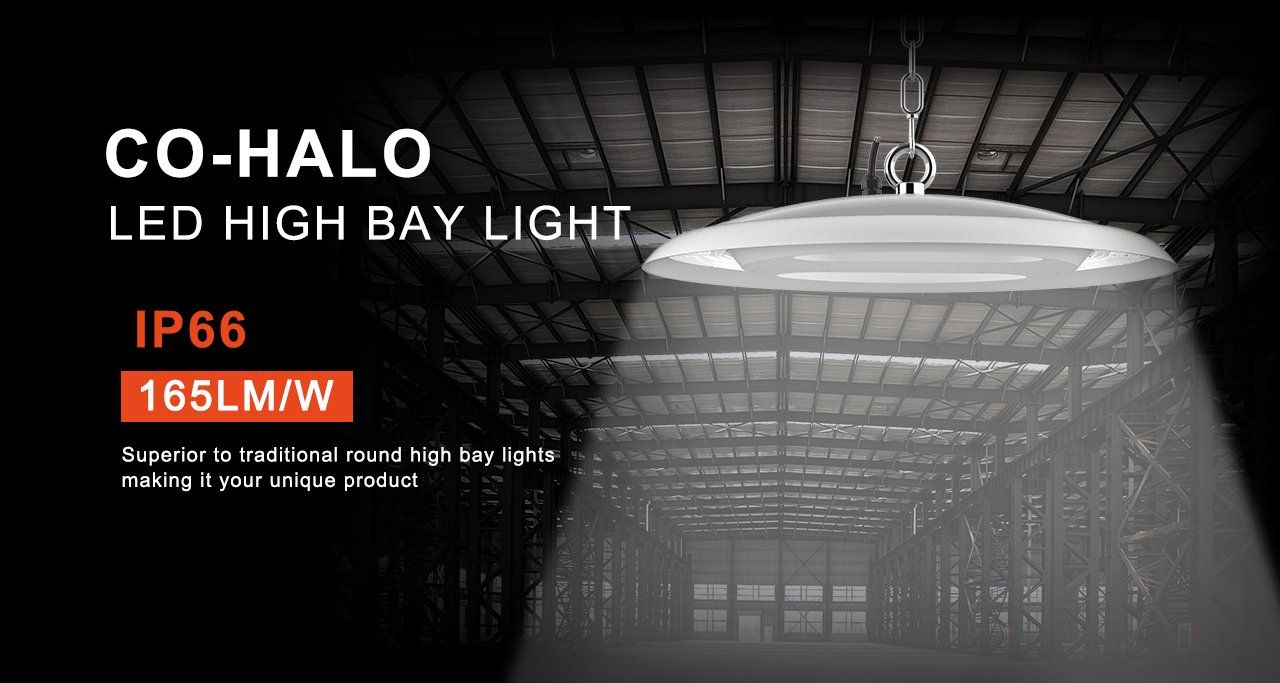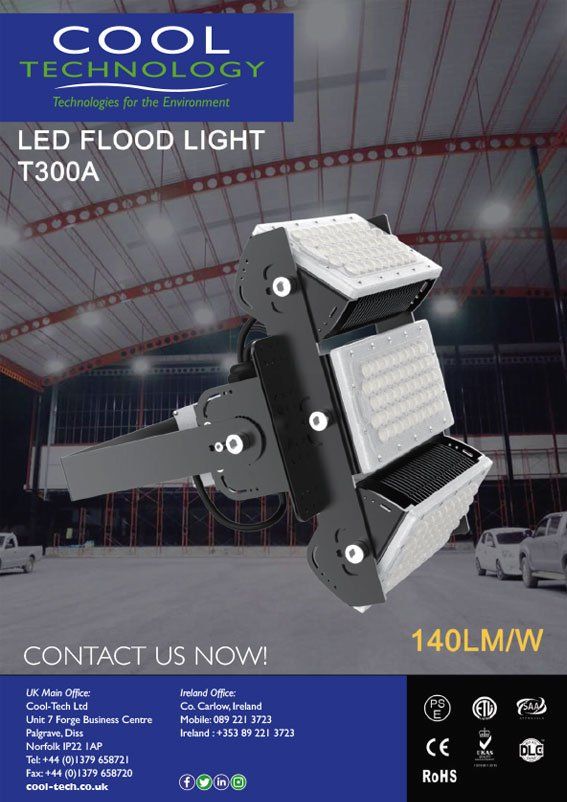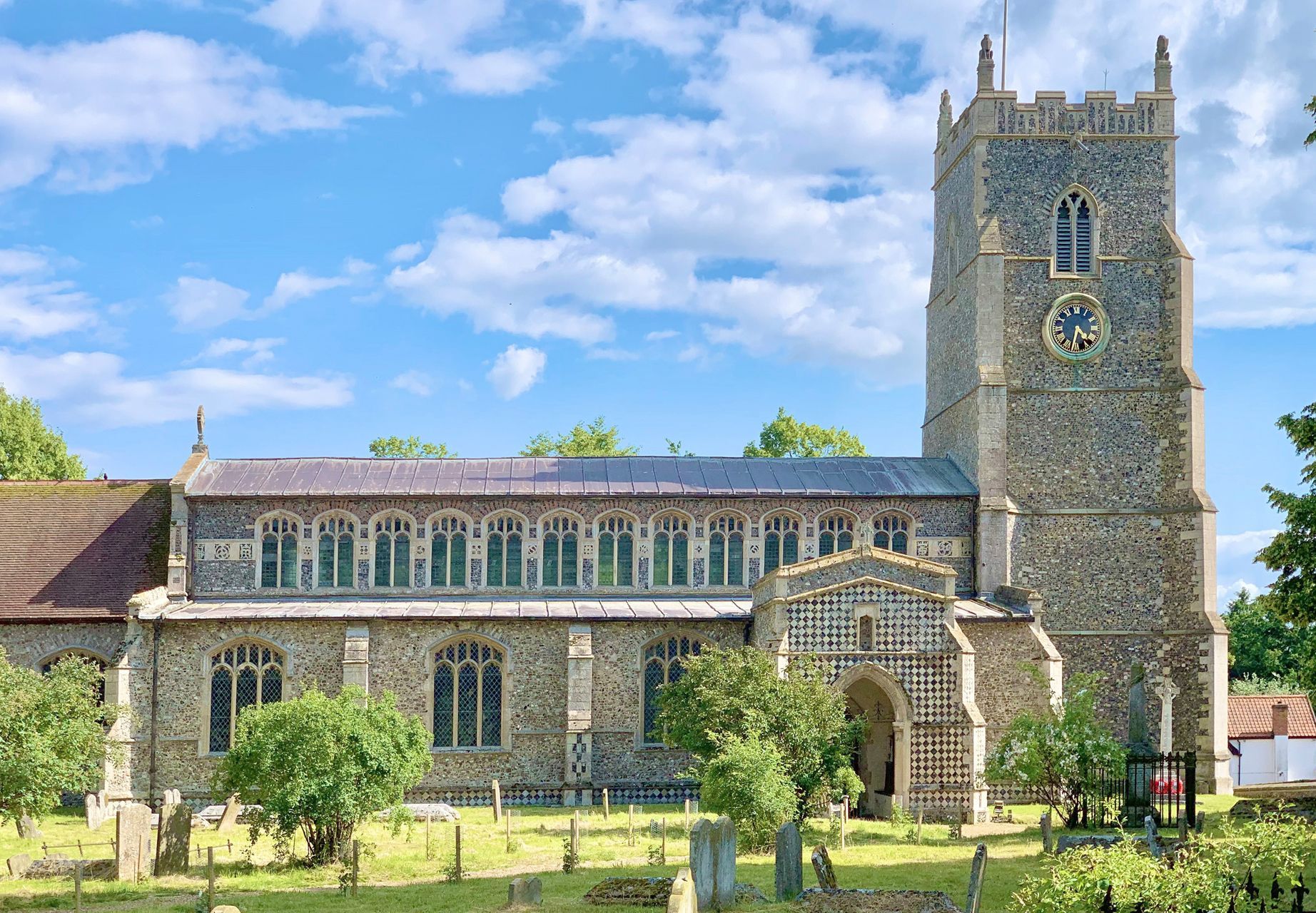About LED floodlights
LED lighting terms explained
LED lighting is cool, safe, powerful and energy-efficient. It also comes with its fair share of jargon. In this post we’ve decoded some of the most frequently used LED lighting terms for you.
First, what is LED and why is it a good thing?
LED stands for Light Emitting Diode. The tech converts electricity to light very efficiently. LED bulbs have an impressive life of over 30,000 hours and quickly pay for themselves because they use so little power. Compared to old-school incandescent light bulbs, you’re looking at 90% less electricity.
Incandescent bulbs versus halogen bulbs
Old fashioned incandescent bulbs emit light when the electricity passes through a coil of thin filament wire, which heats up until it glows to give off light. Most of the energy is wasted, turned into heat rather than light. Halogen bulbs are similar, with a filament, but the halogen gas in the bulb mixes with vapour from the filament then sticks back onto the filament. The bulbs last longer as a result and also work a lot hotter, increasing the amount of light they give off. Both kinds are much less energy-efficient than LEDs.
Is an ‘energy saving’ light bulb the same as an LED?
Energy saving bulbs, AKA CFL bulbs, don’t have a filament. The electricity excites gases inside the bulb to make a phosphorous coating on the inside of the bulb glow, creating light. They’re a bit more efficient than incandescent and halogen bulbs but still a lot less so than LEDs, and at 8,000 hours don’t last as long as LEDs at 30,000 hours. Most people don’t use them these days because they take too long to reach full brightness.
How is brightness measured in LED language?
The brightness of light bulbs used to be measured in watts, but LEDs measure brightness in ‘lumens’ or lm.
LED lighting uses a lot less power than incandescent lamps. ‘Equivalent wattage’ is the power an incandescent lamp needs to be as bright as a comparable LED. The equivalent wattage of a 6W LED bulb, for example, is usually a 50W incandescent bulb.
So how about Kilowatt Hours or kWh? A kilowatt is 1000 watts. One Kilowatt hour is a unit of energy for watts used over time. One kilowatt hour means 1 kilowatt used for 1 hour. Take a 60W incandescent light. Use it for four hours a day and you consume 0.24kWhs, but a 9W LED light only uses up 0.036kWhs over four hours.
Whereas watts indicate the power consumption, the amount of energy drawn by the light source, lumens measure something called the luminous flux. To give you an idea of what a lumen looks like, a home LED floodlight will fall somewhere in the of 1000 lm to 2000 lm range, good and bright, but to light up a large area like a retail car park it’ll need to give off 10,000 or more lumens.
What is the beam angle?
The beam angle is measured in degrees and reveals the light’s coverage. A high number will light up a big space and a low number creates an intense, narrow spot of light. You need a wider beam angle for bigger places to make sure the whole area is properly lit.
What is the colour temperature?
The Kelvin scale is a base unit for temperature in the International System of Units. The Kelvin scale starts at the lowest possible temperature, 0 K or ‘absolute zero’, the same as minus 273.15 degrees Celsius / minus 459.67 degrees Fahrenheit.
LED bulbs vary from 1,900K (very warm) to 5,000K or more (very cool). Warm white light is golden like a candle. White lighting is white. Cool white lighting at 4,000K+ looks so extra-white it appears slightly blue.
For security lighting a ‘cool white’ at 6,000 Kelvin or a ‘natural white’ at 4,000 Kelvin will work perfectly because it’s more visible to the human eye, a lot brighter compared to ‘warm white’ light at 3,000 Kelvin, which makes things feel welcoming and cosy.
What is the Colour Rendering Index?
The Colour Rendering Index or CRI is a 0-100 scale that describes how accurate colours look under the light. The higher the number, the more realistic and accurate the colours look. A low CRI under 6p0 makes green things look brown, whereas a high CRI floodlight reveals the green thing as the colour they are in daylight: green. As you can imagine the highest -quality LED lights with a CRI above 95 are important for places like art galleries.
What is IP Rating?
The IP rating is the ‘Ingress Protection’ rating, measuring how well the device is protected from stuff getting in, whether it’s a solid or liquid. The first number, 0 to 6, tells you how well the light fitting resists solid stuff like dust. The second number, 0 to 9, reveals how well it resists liquids. The higher the number the more resistant the fitting is.
Areas that are often wet or dusty need higher IP rated LEDs. LED flood lights intended for outdoors have a minimum rating of IP65, which means they’re water resistant outdoors in all weathers and won’t let the dirt and dust in.
What is Luminous Efficacy?
'Efficacy’ reveals how energy efficient a light source is: how much light you get from the power you put in, expressed as a ratio of the lumens (the total light emitted) to the power, for example 90lm/W means 90 lumens per watt. The higher the lumens to power ratio is, the more efficacy there is and the more energy-efficient the lighting is. For really bright light you’d choose the highest lumens per watt.
Any questions about our
superb range of LED lighting units? We’re always happy to answer them for you.
